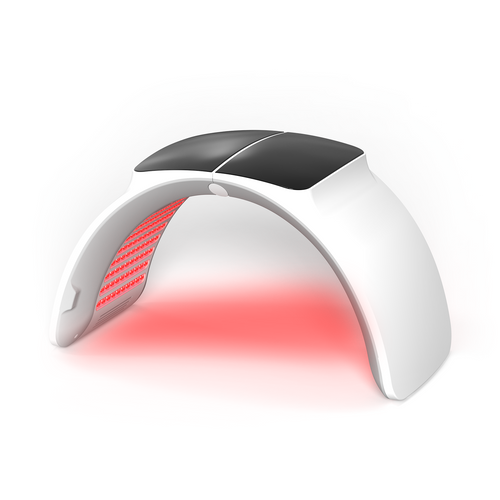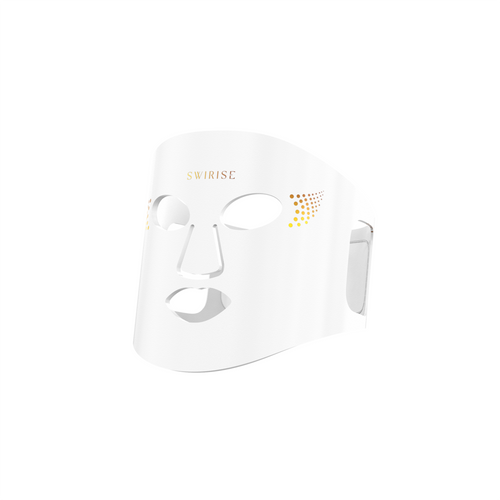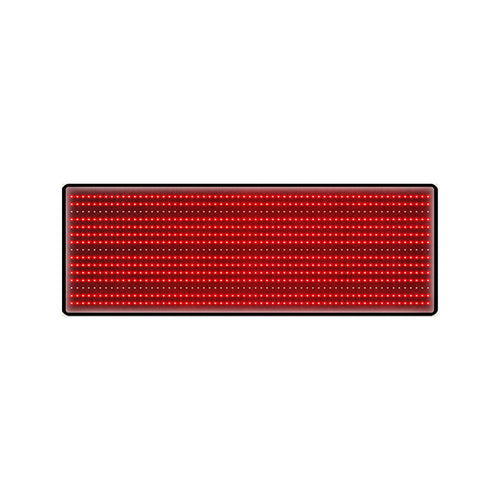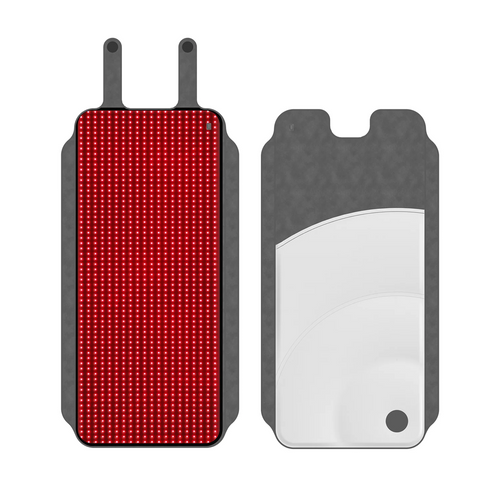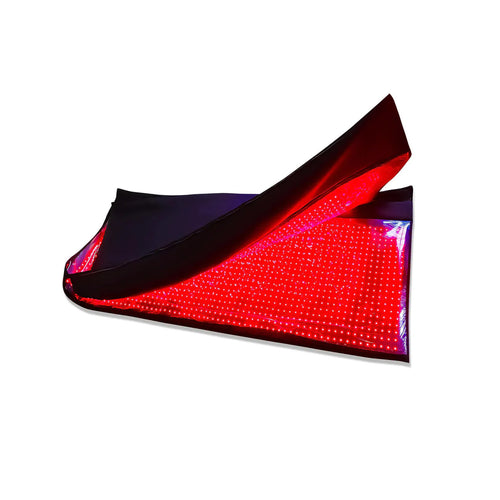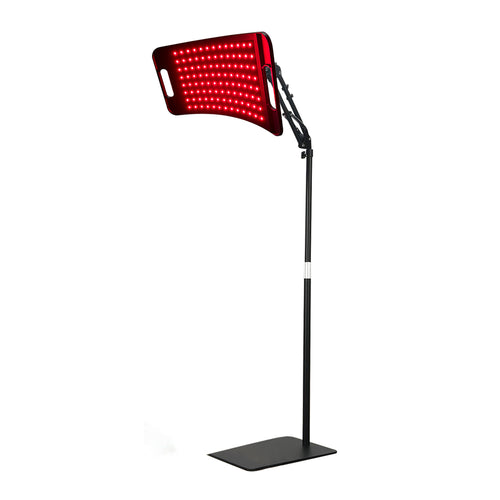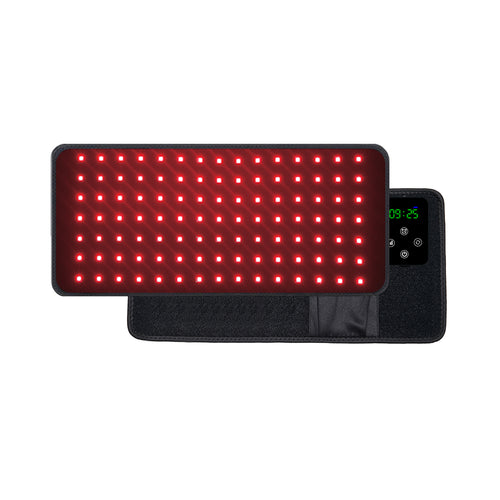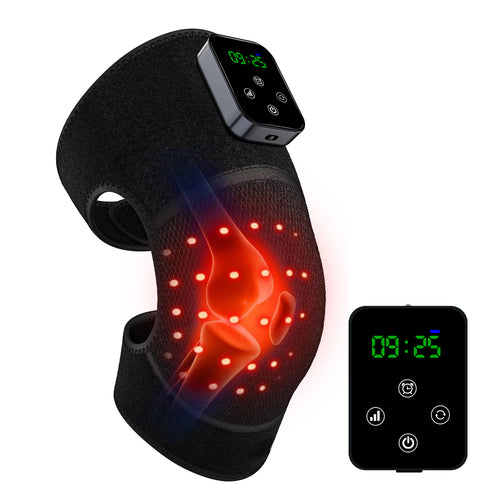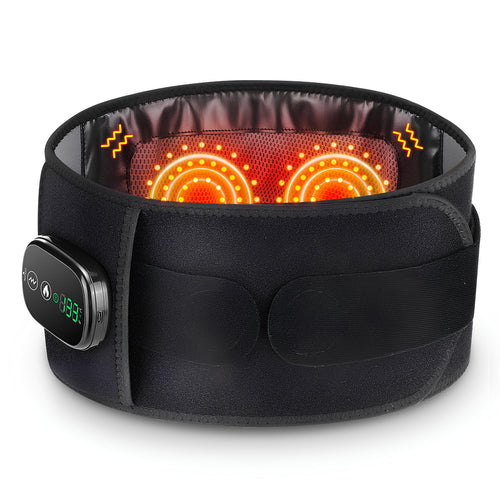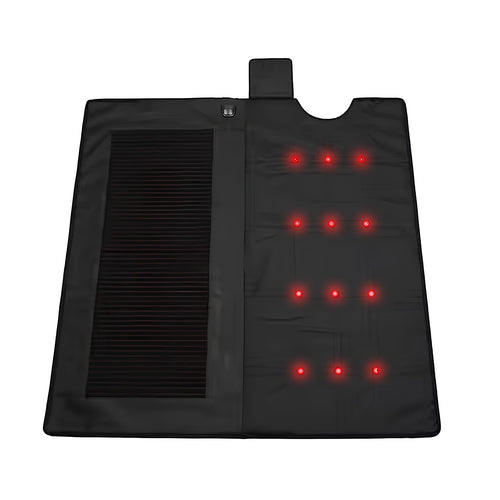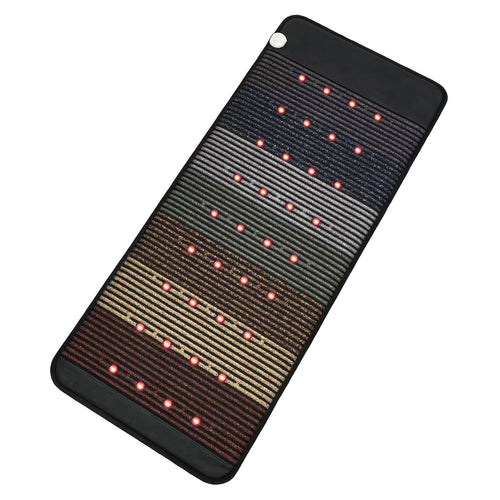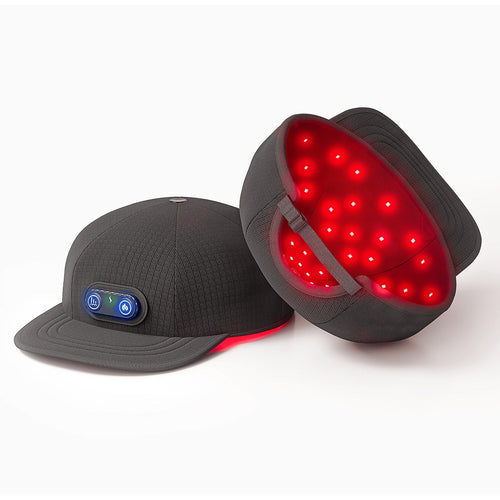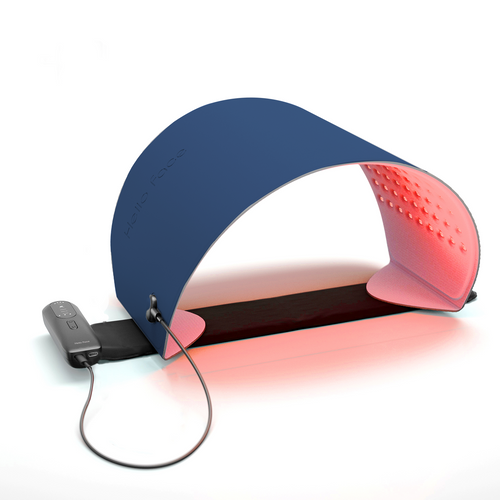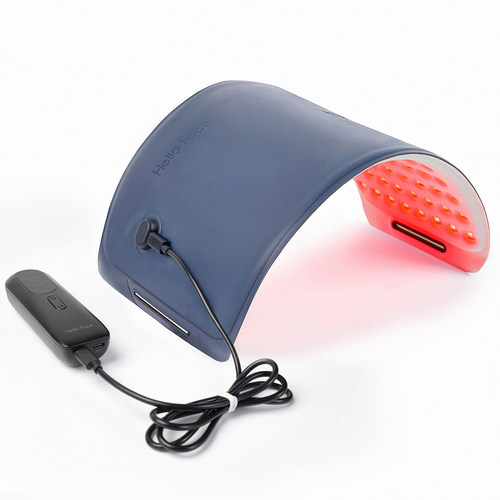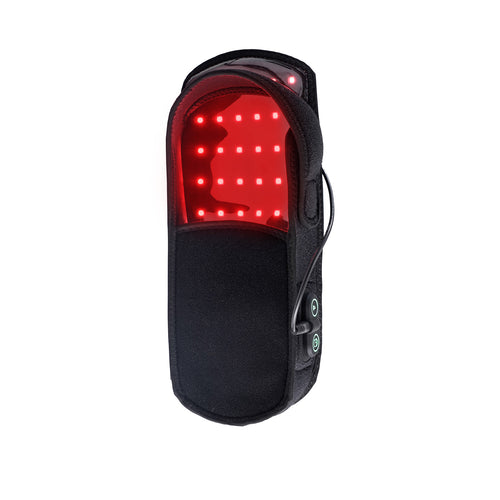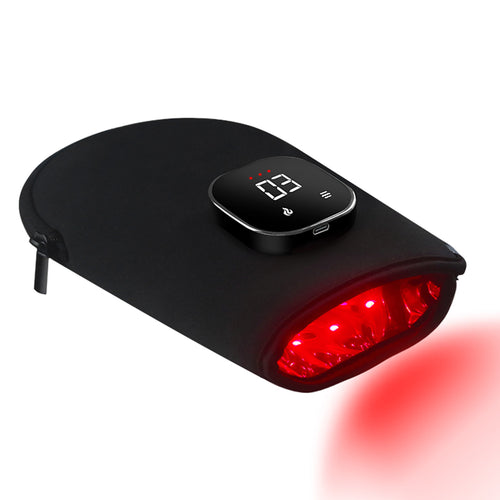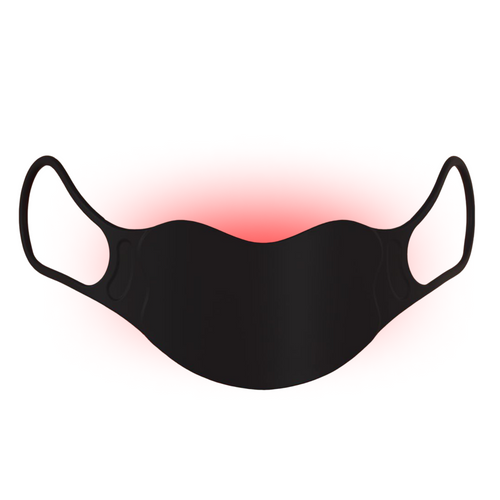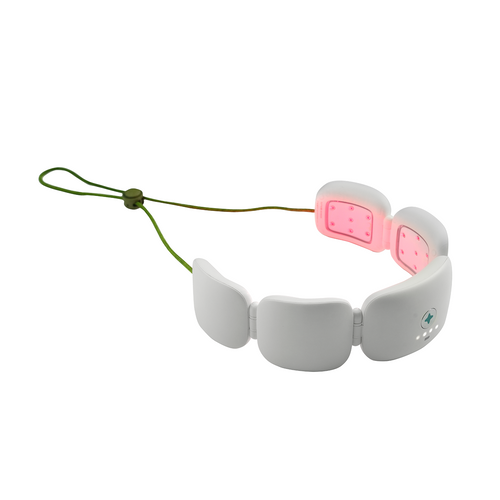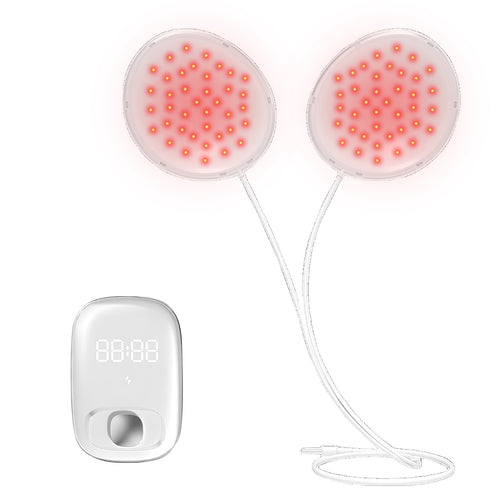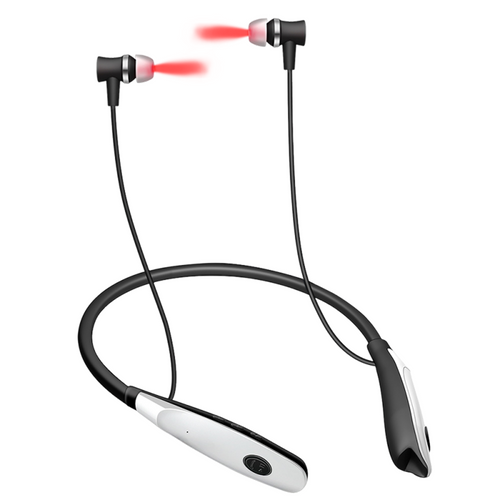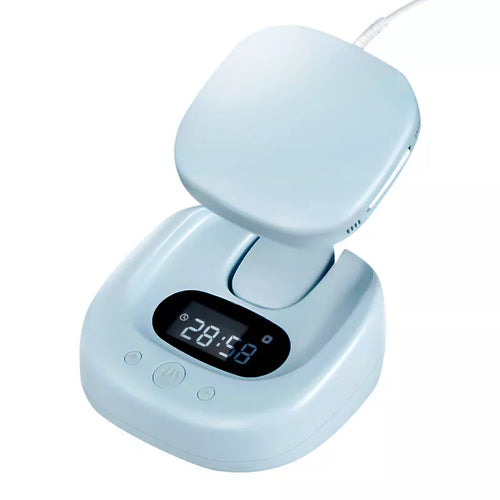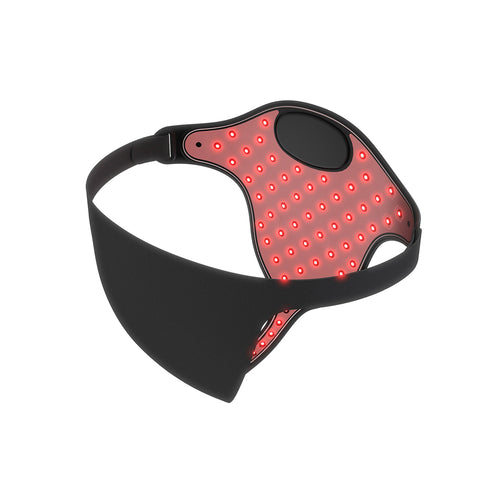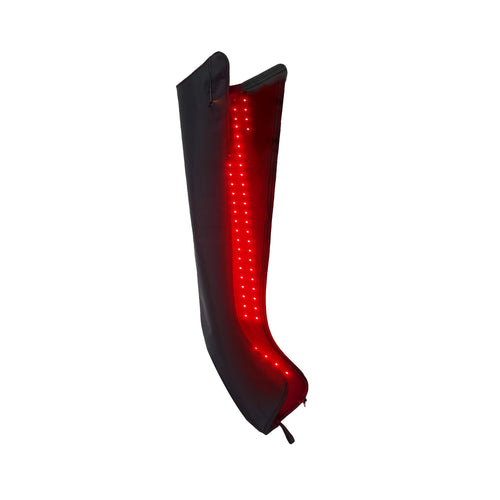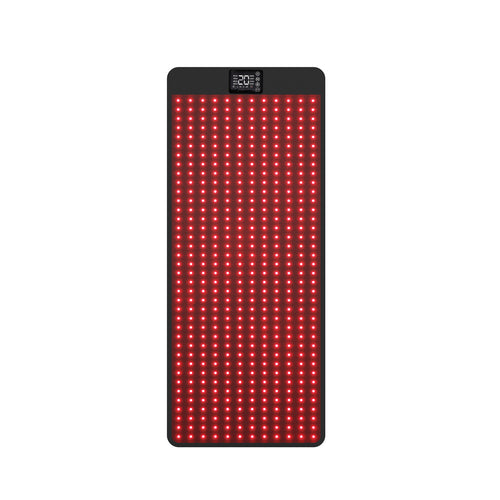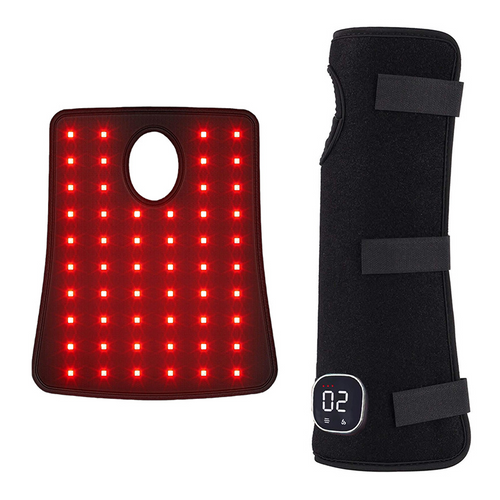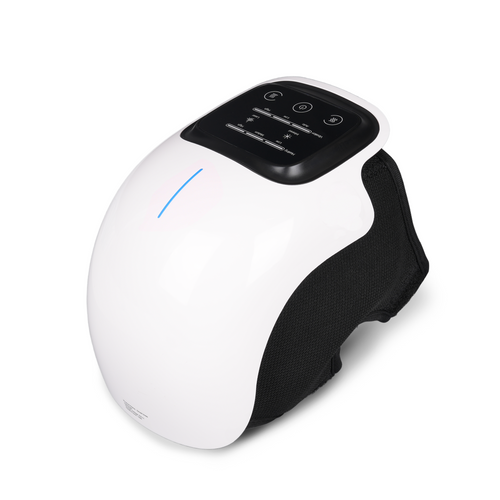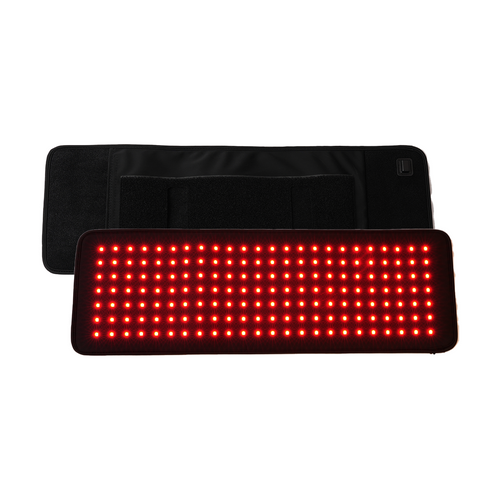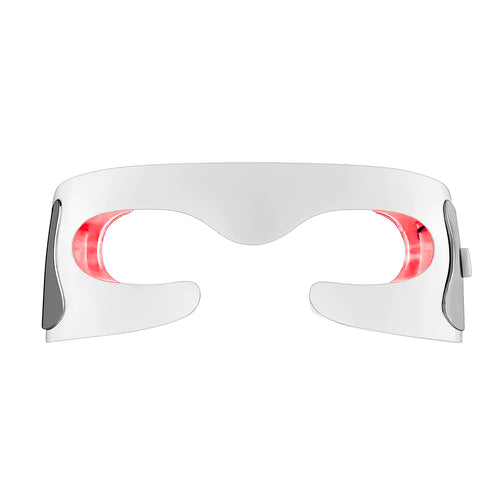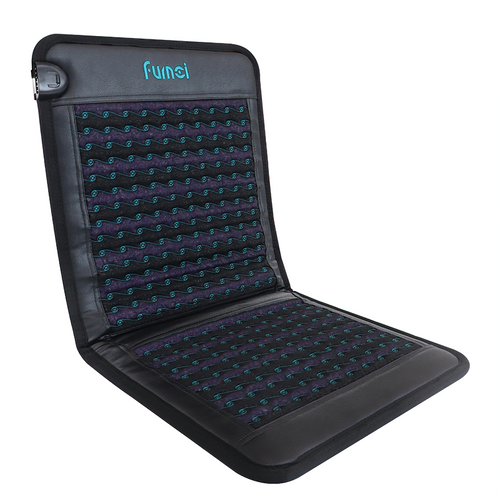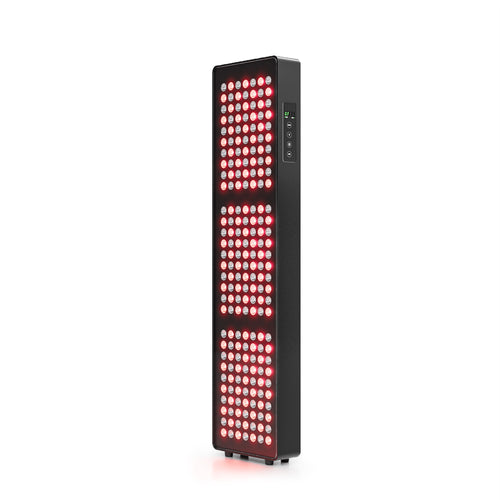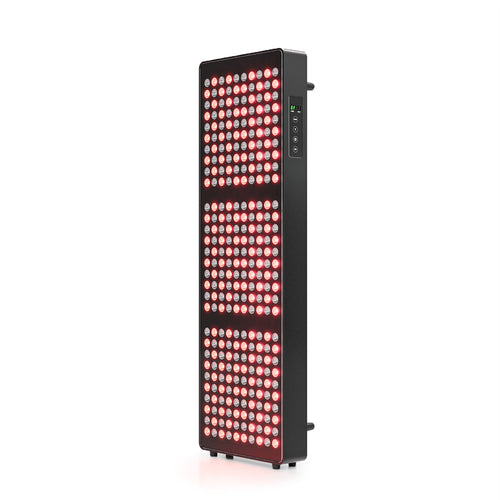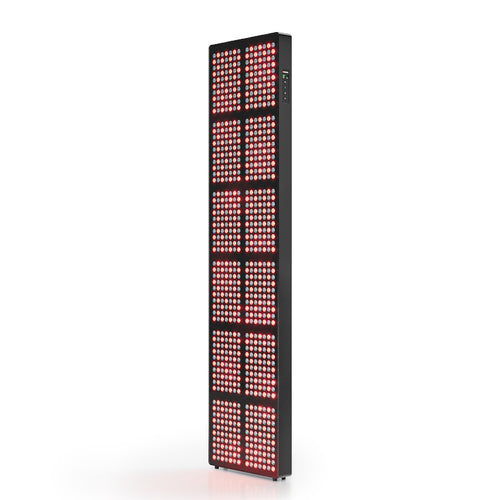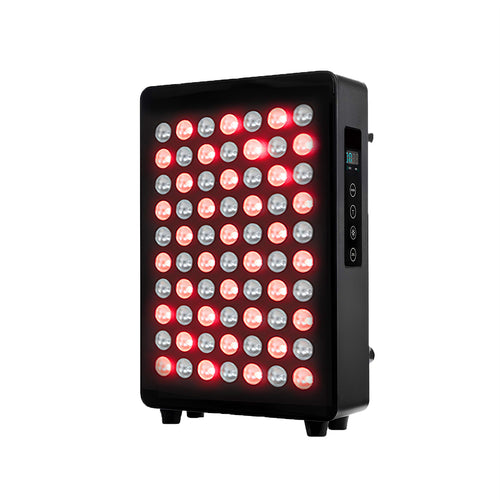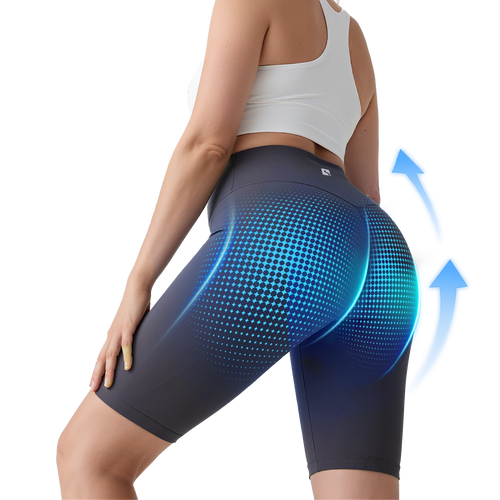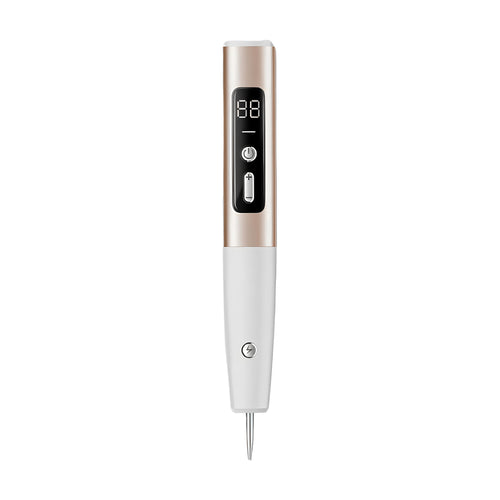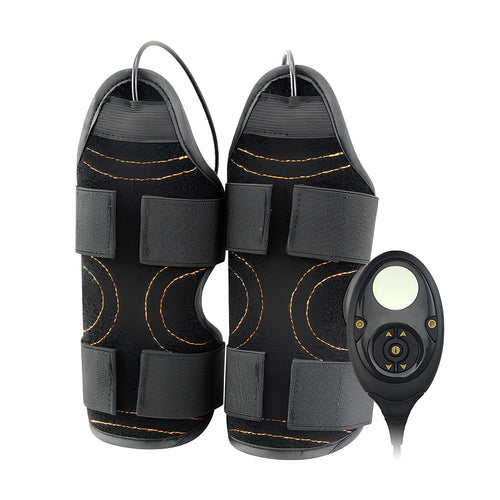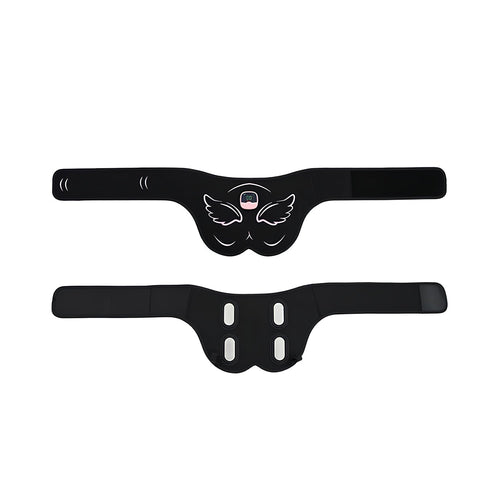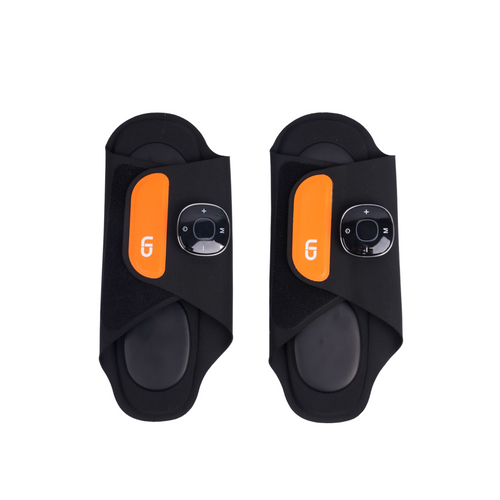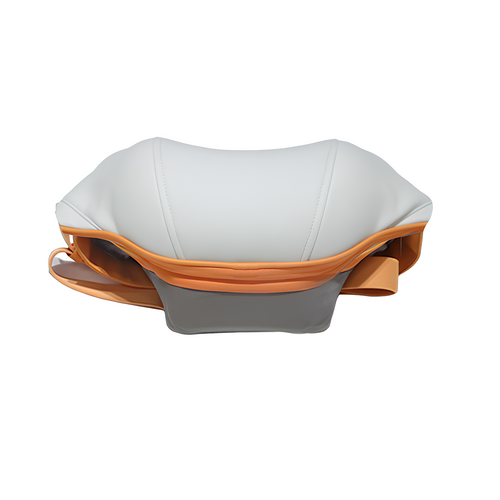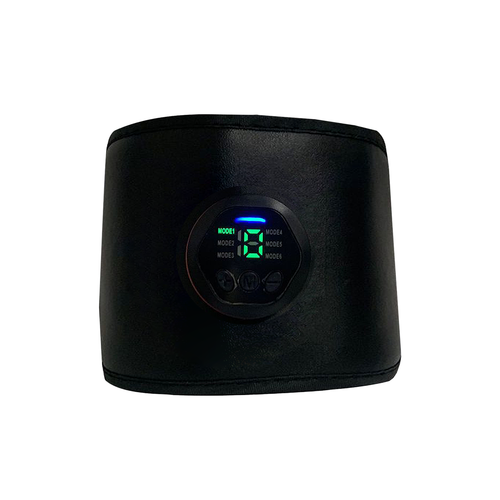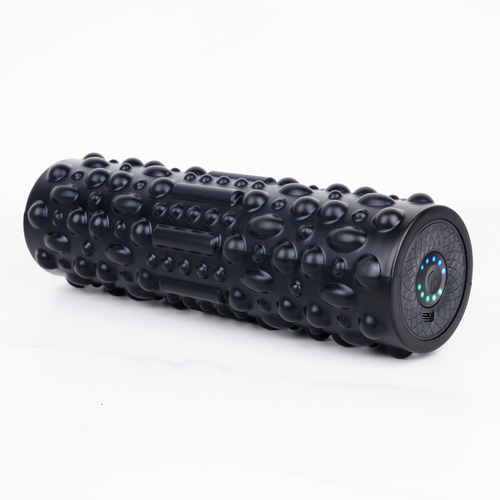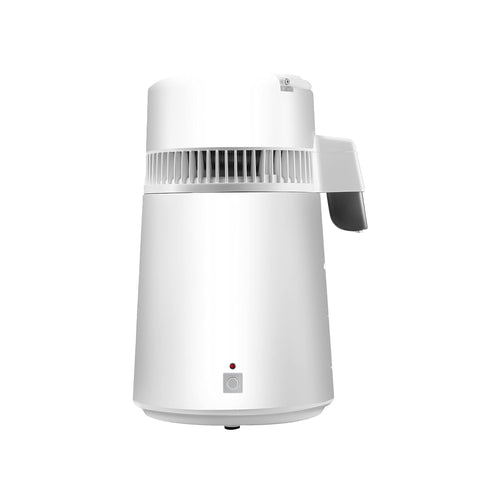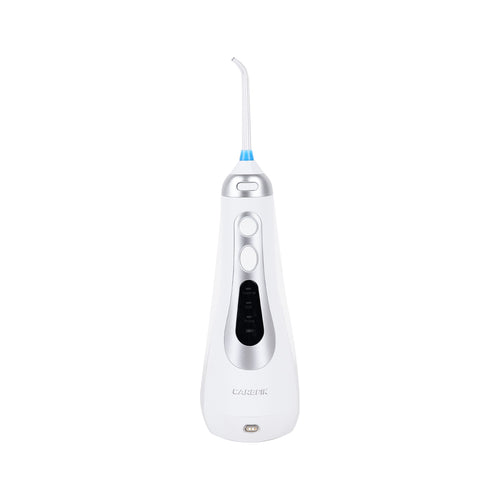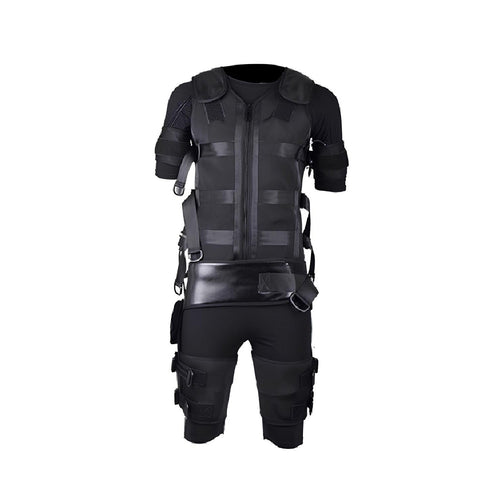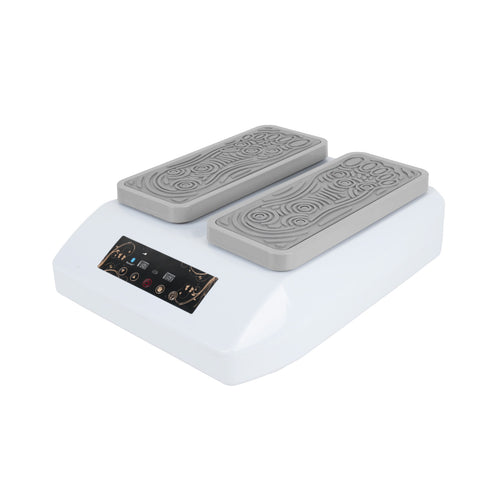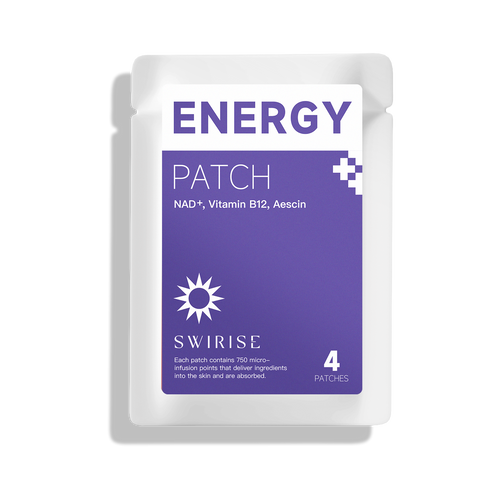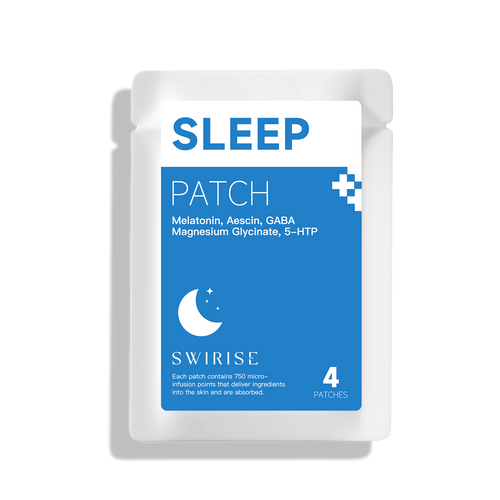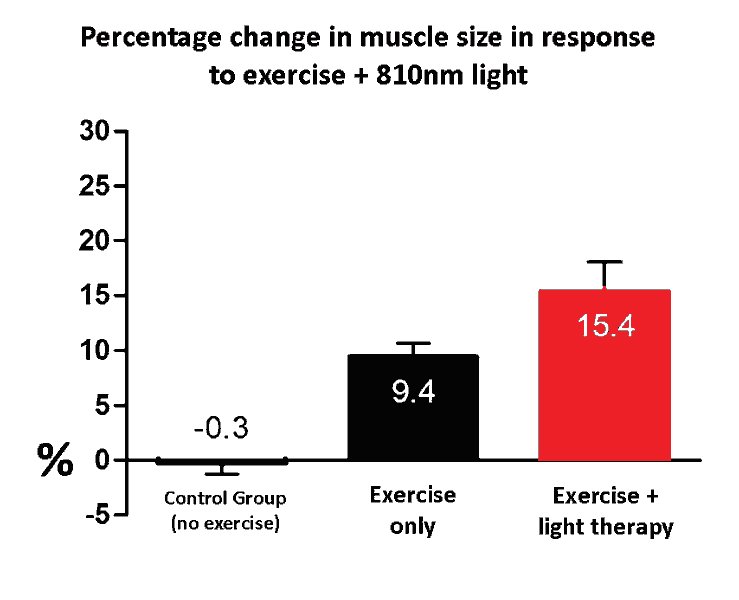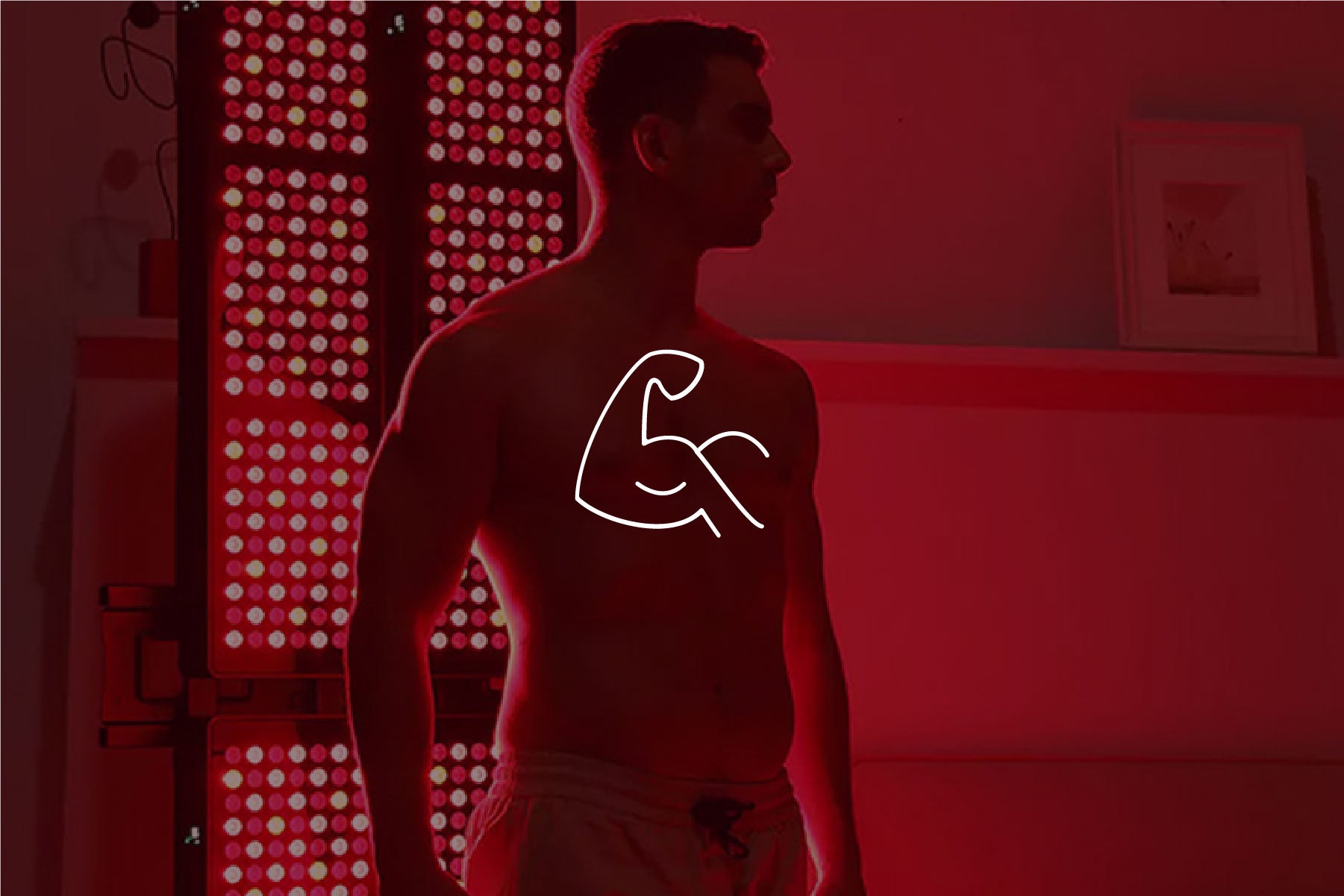
Red Light Therapy for Muscle Growth
lililian1.Light might interact with muscle function, but how?
To understand how light might affect muscle tissue, we need to first understand how muscle tissue actually functions. Energy is necessary for life in every cell of every species we currently know of. This fact of life is more obviously apparent in muscle tissue, from a mechanical perspective, than any other type of tissue. Since muscles are involved in movement, they must be generating and using energy, or they wouldn’t move. Anything that helps with this fundamental energy production will be valuable.
- The light therapy mechanism
Light therapy has a well-known mechanism in any nearly any cell of the body with a mitochondrion (mitochondria being the organelles responsible for energy production). You can look into Cytochrome C Oxidase and Nitric Oxide to learn more of the specifics here, but basically the hypothesis is that both red and near-infrared light help our mitochondria to complete the process of respiration, giving more CO(2) and ATP (energy). This would in theory apply in pretty much any cell of body, besides those lacking mitochondria such as red blood cells.
- The muscle-energy connection
One of the key characteristics of muscle cells is that they are exceptionally abundant in mitochondria, needing them to fulfil the high energy demands. This applies to skeletal muscle, cardiac muscle, and smooth muscle tissue like you would find in internal organs. The density of mitochondria in muscle tissue varies between species and parts of the body, but they all need a high degree of energy to function. The rich presence overall suggests why light therapy researchers are interested in the application of targeting muscles, even more so than other tissues.
2.Muscle stem cells – growth & repair enhanced by light?
needing them to fulfil the high energy demands. This applies to skeletal muscle, cardiac muscle, and smooth muscle tissue like you would find in internal organs. The density of mitochondria in muscle tissue varies between species and parts of the body, but they all need a high degree of energy to function. The rich presence overall suggests why light therapy researchers are interested in the application of targeting muscles, even more so than other tissues.
Myosatellite cells, a type of muscle stem cell involved in growth and repair, are also a key potential target of light therapy(1,5), perhaps even the main target that gives long term effects. These satellite cells become active in response to strain (such as from mechanical movement like exercise or from injury) – a process that could be enhanced by light therapy(9). Like stem cells in any location of the body, these satellite cells are essentially the precursors to normal muscle cells. They usually exist in a relaxed, inactive state, but will turn into other stem cells or turn into fully functional muscle cells as part of the healing process, in response to injury or exercise trauma. Recent research points to mitochondrial energy production within stem cells as the primary regulator of their fate(6), essentially determining their ‘programming’ as well as their speed and efficiency. Since the hypothesis behind light therapy is that it might be a potent promoter of mitochondrial function, a clear mechanism exists to explain how light could maybe improve our muscle growth and repair via stem cells.
- Inflammation
Inflammation is a typical feature associated with muscle damage or stress. Some researchers think that light might help (if used appropriately) to reduce the severity of the inflammation(3) (by increasing levels of CO(2) – which then goes on to inhibit inflammatory cytokines/prostaglandins), thus allowing more efficient repair without scarring/fibrosis(5).
3.The potential benefits to muscle function from light therapy
Light therapy has been explored in a variety of contexts where muscle use is key — from athletes and bodybuilders to individuals recovering from injuries or simply maintaining fitness. This treatment is also applicable to animals such as horses and dogs, both in and out of competitive environments.
Research has shown that muscle hypertrophy, which is the enlargement of muscles through exercise, can be enhanced with light therapy. Hypertrophy is an adaptive response that allows muscle tissue to produce more force with less fatigue, and it's a desired outcome for many looking to improve their physical appearance and strength.
There are promising indications from a few studies that using near-infrared light before weight training may boost hypertrophy and muscle size more effectively than training alone. For instance, one study involving untrained participants noted that those who combined light therapy with weight training doubled their muscle size gains within eight weeks compared to those who only did weight training.
This suggests that light therapy could be a valuable tool not just for personal trainers and elite athletes, but also for the average person, particularly those who are re-engaging with physical activity after a period of inactivity. It may help enhance the initial progress during the first few months of training and offer long-term benefits. The positive effects of light therapy might extend to well-trained athletes as well, potentially giving them an additional advantage in their training outcomes.
4.Strength – get stronger with light therapy?
Light therapy has shown potential in enhancing strength and endurance by interacting with both regular muscle cells and myosatellite cells, which are involved in muscle regeneration and growth. Theoretically, this interaction could boost energy production, offering immediate improvements in strength and endurance, as well as long-term strength gains from the myosatellite cells when used alongside regular exercise.
In a compelling study, identical twins performed dozens of training sessions followed by either a placebo or an 850nm LED light treatment. This study and others typically measure peak torque—the maximum force that a muscle can exert at once—and have found notable increases in strength when exercise is supplemented with light therapy, compared to exercise alone. Such significant gains have even led international sports regulatory bodies to consider regulating the use of light therapy in sports.
Moreover, research indicates that muscle light therapy can help reduce and quickly resolve delayed onset muscle soreness (DOMS), the often painful sensation felt after intense workouts. DOMS is believed to be caused by microtrauma to the muscle fibers, leading to a rapid influx of calcium that disrupts cellular function and causes inflammation. Light therapy may help mitigate this by managing the influx and effects of calcium in muscle cells, easing the discomfort associated with DOMS.
5.Improve injury/strain recovery with light?
Light therapy has been recognized in various studies for its potential to enhance recovery from injuries. One significant concern with muscle injuries is the development of fibrosis or scar tissue, much like visible scars on the skin, which can also form within muscles due to an inflammatory response that increases collagen production. Light therapy may help prevent this internal scarring.
The formation of scar tissue in muscles can permanently change the function and mechanical properties of the muscle, potentially leading to decreased mobility and strength, long-term pain, and in severe cases, it could end an athlete’s career or cause disability. Rapid resolution of the injury with minimal inflammation is crucial for recovery.
Light therapy is particularly beneficial for several reasons. It has been shown to reduce the acute inflammatory response and support the critical processes of muscle recovery at a cellular level. Moreover, the healing effects of light therapy are not limited to muscle injuries; studies have also shown benefits for skin wounds, brain trauma, and even broken bones, highlighting its broad therapeutic potential.
6.Ideal Light for Muscle Light Therapy
When selecting a light therapy device for muscle treatment, several key factors must be considered to ensure effectiveness:
- Infrared Penetration: A primary challenge in muscle light therapy is delivering light deep into the muscle tissues. Most light applied externally is absorbed by the skin, which can hinder the treatment of deeper tissues. Infrared light, particularly in the wavelength range of 700-900nm, is known to penetrate more effectively than red light wavelengths (600-700nm). This range is preferred for muscle therapy because it reaches deeper into the tissue. Near-infrared light beyond 900nm tends to be less effective as it is absorbed by water in the skin cells.
- Red Light for Surface Muscles: Red light, particularly around 660-670nm, is still widely used in research, especially for smaller animals where deep penetration isn't as crucial. This wavelength can still yield significant results and is used in various studies, including those on humans. Wavelengths around 760-780nm have also shown good effects, with 810-830nm being the most commonly used range in studies involving larger animals and humans.
- High Power Density Needed: Even with the more penetrative near-infrared wavelengths around 740-830nm, a significant portion of the energy is still absorbed by the skin and superficial tissue layers. Therefore, ensuring your device has the right power density is crucial. Light intensity below 50mW/cm² is typically too weak for penetrating deeper muscle tissues in humans. A power density of 200mW/cm² or higher is commonly used in studies to achieve adequate energy penetration within reasonable time frames. High doses, such as 100J/cm² or even up to 700J/cm², are considered for reaching deep muscle tissues with enough energy over time.
Choosing the right light therapy device involves matching the wavelength and power density to the depth of muscle tissue you wish to treat, ensuring the therapy is both effective and efficient.
Summary
- Applications of Light Therapy in Muscle Treatment: Light therapy is researched extensively for its benefits in various muscle-related areas including exercise recovery, injury rehabilitation, enhancement of muscle strength and endurance, muscle hypertrophy, and pain reduction.
- Optimal Wavelengths: Red and near-infrared light, spanning wavelengths from 600 to 900 nm, are primarily used in studies focusing on muscle cells and muscle stem cells. These wavelengths are believed to enhance energy production, decrease inflammation, and accelerate healing processes.
- Effective Penetration: Near-infrared light, particularly within the 740-830 nm range, is noted for its deep penetration into biological tissues, making it especially effective for treating larger muscle groups.
- Power Density Requirements: A high power density of 200mW/cm² or greater is typically necessary to ensure adequate penetration and therapeutic effects in larger muscle areas.
- Suitable Devices: LEDs and lasers are currently the only devices proven effective for muscle light therapy. Traditional heat lamps do not achieve sufficient light density to penetrate deeply into muscle tissues.
- Timing of Therapy: Light therapy is most beneficial when used BEFORE physical activity or exercise to maximize its effects, as opposed to after, based on the latest insights from research.
